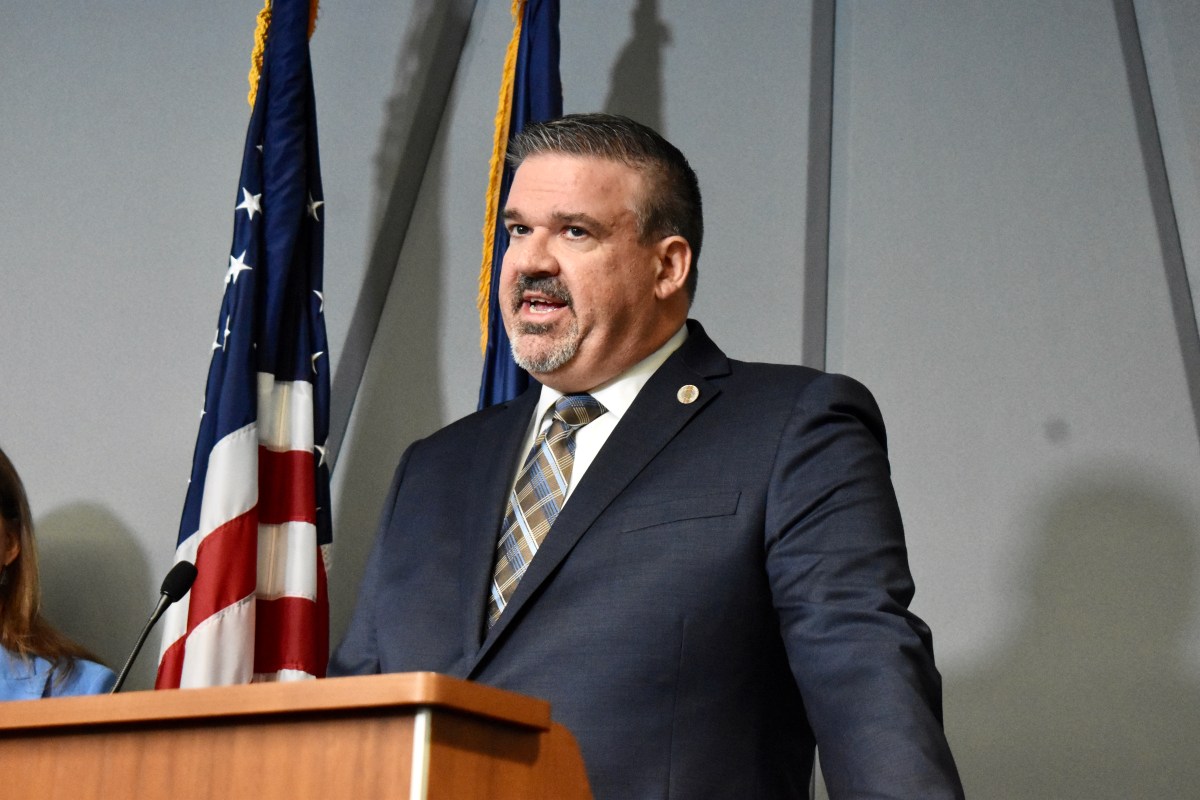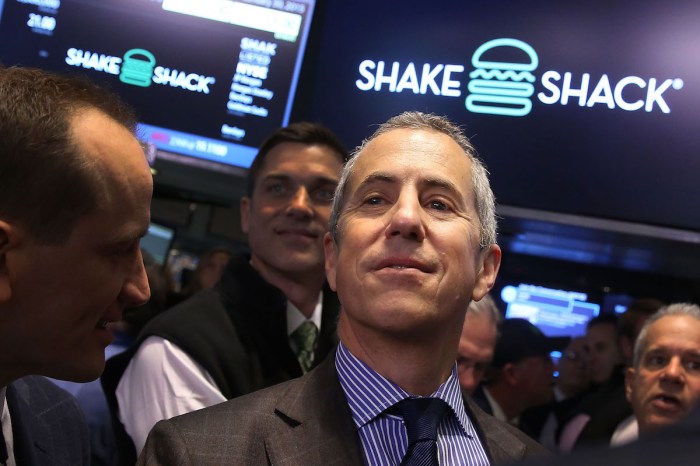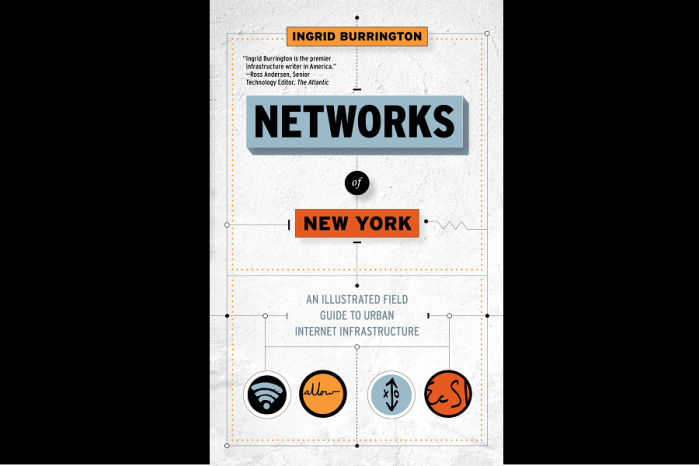Photographers James and Karla Murray’s first collection of photos documenting classic New York City’s storefronts was first published in 2009. Since its release, Karla said, many of the businesses in the 336-page book closed shop. “Almost two-thirds of the stores in our first book are gone,” she told Metro, adding that some were even closing as the book “Store Front: The Disappearing Face of New York” was being printed. “It was a race against time to photograph them.” RELATED: Pols preview new plan to keep NYC small businesses open The married couple found the same to be true as they prepare to release a sequel to their first collection, zeroing in on mom-and-pop businesses that they argue sustained local communities for years and that local leaders are fighting to keep around. “Going into a store and the owner or employee knowing your name — it’s everything,” Karla added. “It didn’t hit us that these stores we were fond of were disappearing,” Karla said. “We’d be like, ‘Wait a minute what happened to the candy store with the really cool sign?'” To be released in November by Gingko Press, the book again captures the death knell of many small businesses throughout New York City at a time when longtime shops turn into Dunkin’ Donuts in the blink of an eye. In fact, the donut chain remained New York City’s top retailer for the seventh year in a row in 2014, according to a report by the Center For an Urban Future, with more than 7,200 stores.
RELATED: City expands classes for immigrant entrepreneurs Overall, the city saw national retail chains increase their presence throughout the city by 2.5 percent.
The influx of chains doesn’t surprise or scare John Vasilopoulos, who partnered with friend Nick Castanos to buy luncheonette Cup & Saucer in 1988.
The retro storefront at the corner of Canal and Eldridge streets is one of the 200 featured in the Murrays sequel book, “Store Front II.” Inside, two eggs with potatoes, toast and an orange juice goes for $6. Vasilopoulos, who knows the Murrays as regulars to the restaurant, said that the biggest issue businesses like his face by far is rent and shortening leases. Many of the business that have opened up around his stretch of Chinatown closed after the leases of 10 or more years ran up, he explained. RELATED: De Blasio names picks to head Small Business Services and HHC The Murrays have found the same rings true from many of the owners they’ve interviewed for their books.
“It’s the same story, with the price of real estate going up and up,” Karla said. “Years ago, people could get 30 year leases or longer. That doesn’t happen anymore.” After more than 20 years at the location, Vasilopoulos said the building just changed owners. He expects rent to double. Still, Vasilopoulos remained optimistic that the new owner will maintain the five-year leases that they’ve counted on for decades now. He knows for certain, however, that he doesn’t plan on moving or expanding with the current real estate market.
“It’s not easy to be in this kind of business,” Vasilopoulos said as his daughter rang up a customer down the counter. “There aren’t too many places like ours left. Who wants to work 15 hours a day, seven days a week?” But it’s business like Vasilopoulos that many local leaders are fighting to keep open. In March, Manhattan Borough President Gale Brewer laid out a series of proposal to help give small businesses a break, chief among them making rent renewals less combative between owners and landlords. Just as important, Brewer told Metro, is preserving the look and feel of many of the neighborhoods that blossomed alongside local businesses. Part of the zoning proposals her office laid out limits how long chain storefronts are along certain streets. “People think affordable housing is tough,” Brewer said. “It is, but this is equally tough.”
And as the City Hall turns its focus onto creating housing for working and middle class New Yorkers, Brewer said she plans to make sure any new buildings that offer commercial spaces don’t shut out small businesses in favor or big box stores. Brewer said her proposed fixes are still being sorted out legally and logistically, with little or no pushback from developers so far.
That said, it might be to late, though, for some of the stores featured in the Murray’s latest photography series. Since they began shooting for it in 2009, they said as many as 30 of the 200 stores are already gone. But James Murray said he doesn’t see their books as a warning to potential business owners or even a tragic tale for those who’ve been forced to lock up their doors.
“How they the ones that continue to do well and soldier on in the face of monumental struggles — that’s what makes us happy.”























